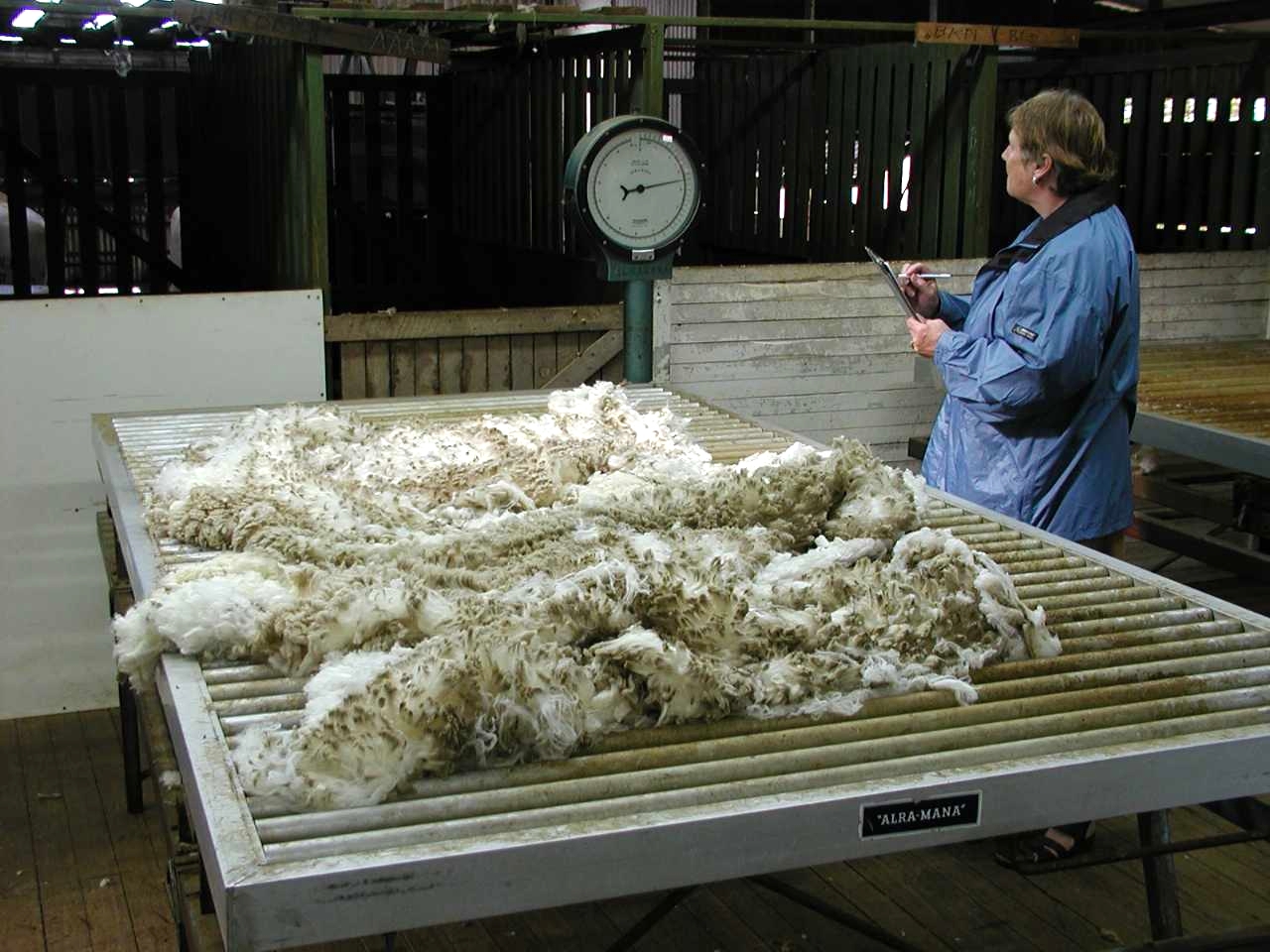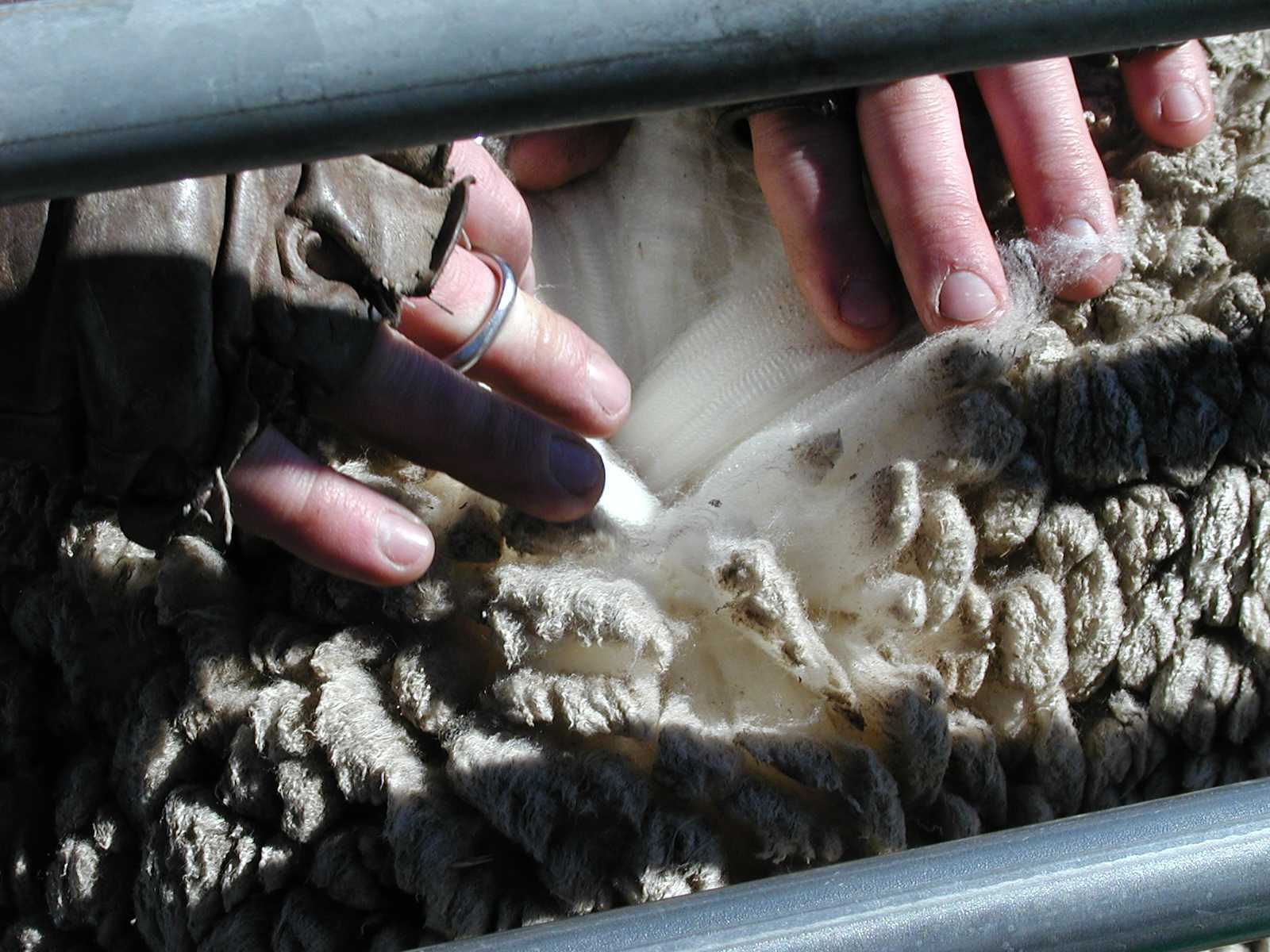15 - Wool production, quality and value
Abstract
A farmlet experiment was conducted between July 2000 and December 2006 as part of the Cicerone Project, which sought to enhance the profitability and sustainability of grazing enterprises on the Northern Tablelands of New South Wales, Australia. A self-replacing Merino enterprise was grazed as the dominant livestock enterprise, together with ~20% of the carrying capacity as cattle, on each of three farmlet treatments: higher levels of soil fertility and pasture renovation with flexible rotational grazing over eight paddocks (farmlet A), moderate soil fertility and pasture renovation with flexible rotational grazing over eight paddocks (farmlet B) and moderate soil fertility and pasture renovation with intensive rotational grazing over 37 paddocks (farmlet C). Prior to commencement of the trial, the three 53-ha farmlets were allocated equivalent areas of land based on soil type, slope and recent fertiliser history.
This paper describes the effects of the three pasture and grazing management strategies on the production, quality and value of the wool produced per head, per ha and per farmlet. Up until 2001 there were no differences in wool production between farmlets. Thereafter, significant differences between farmlets emerged in greasy fleece weight per head and price received per kg of fleece wool. For example, the clean fleece value averaged over the 2003–05 shearings for all hoggets, ewes and wethers was 1531, 1584 and 1713 cents/kg for farmlets A, B and C, respectively.
There were small but significant differences, which varied between sheep class and year, between the farmlets in average fibre diameter and staple length but less so with staple strength. In general, while the differences between farmlets in staple strength varied over time, farmlets A and B tended to have wool with longer staple length and broader fibre diameter than farmlet C and this affected wool value per kg.
Differences in wool income per ha between farmlets grew in later years as the farmlet treatments took effect. In spite of farmlet A having a slightly lower wool value per kg, after taking into account its greater fleece weight per head and its higher stocking rate, the total wool income per ha was higher than on either farmlets B or C. The average gross wool income per ha from 2003 to 2005 was $303, $215 and $180 for farmlets A, B and C, respectively. The highest amount of greasy wool produced was in 2004 when 38.2, 26.5 and 21.5 kg/ha was harvested from farmlets A, B and C, respectively.
The fibre diameter profiles of 2-year-old ewes showed similar profiles for farmlets A and B but a significantly finer fibre diameter profile for farmlet C ewes due to intensive rotational grazing. However, sheep on all three farmlets produced wool with high staple strength.
Multivariate analyses revealed that greasy fleece weight, staple length and staple strength were significantly positively correlated with the proportion of the farm grazed at any one time, and with soil phosphorus, legume herbage and green digestible herbage thus highlighting the significant influence of pasture and soil inputs and of grazing management on wool production and quality.
Paper title:
The effects of pasture inputs and intensive rotational grazing on superfine wool production, quality and income
Link to published Abstract and Full paper: Click here ...

